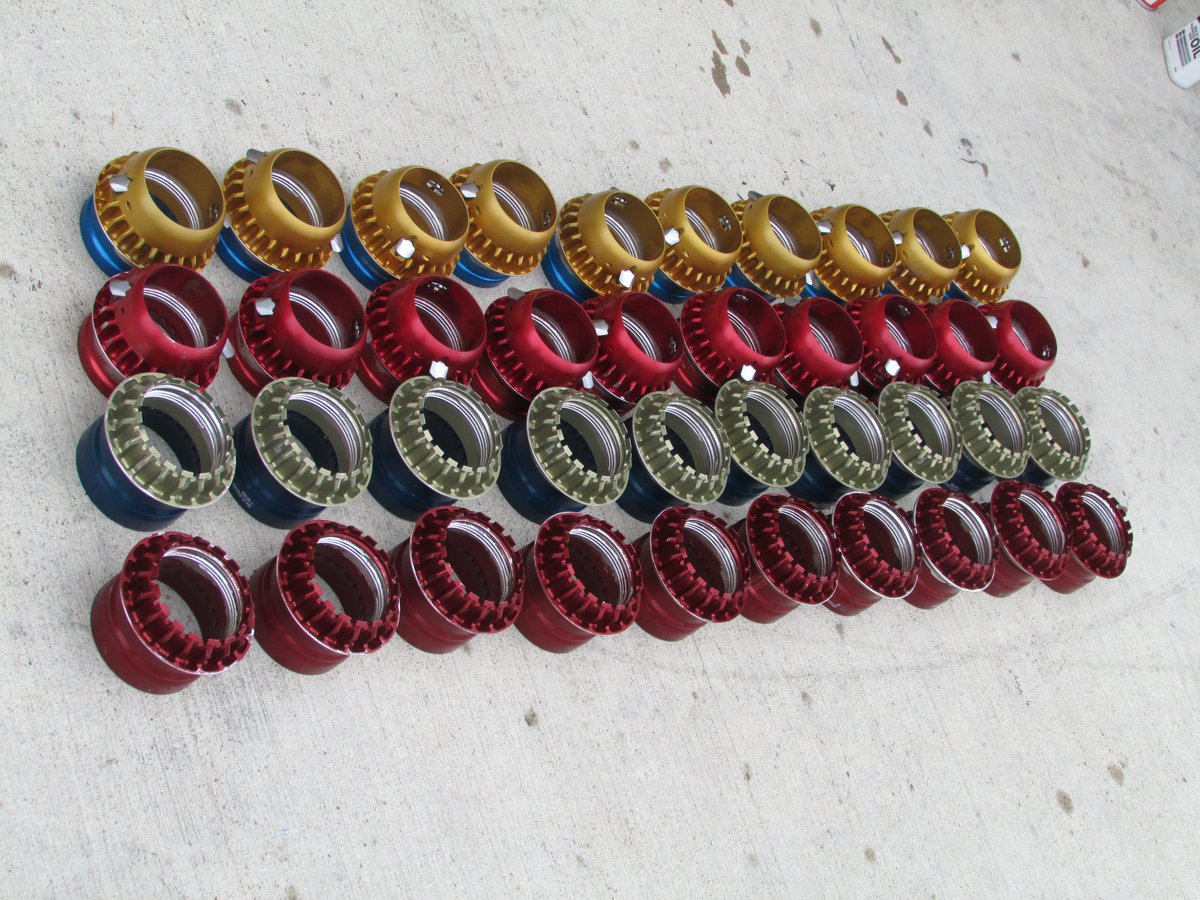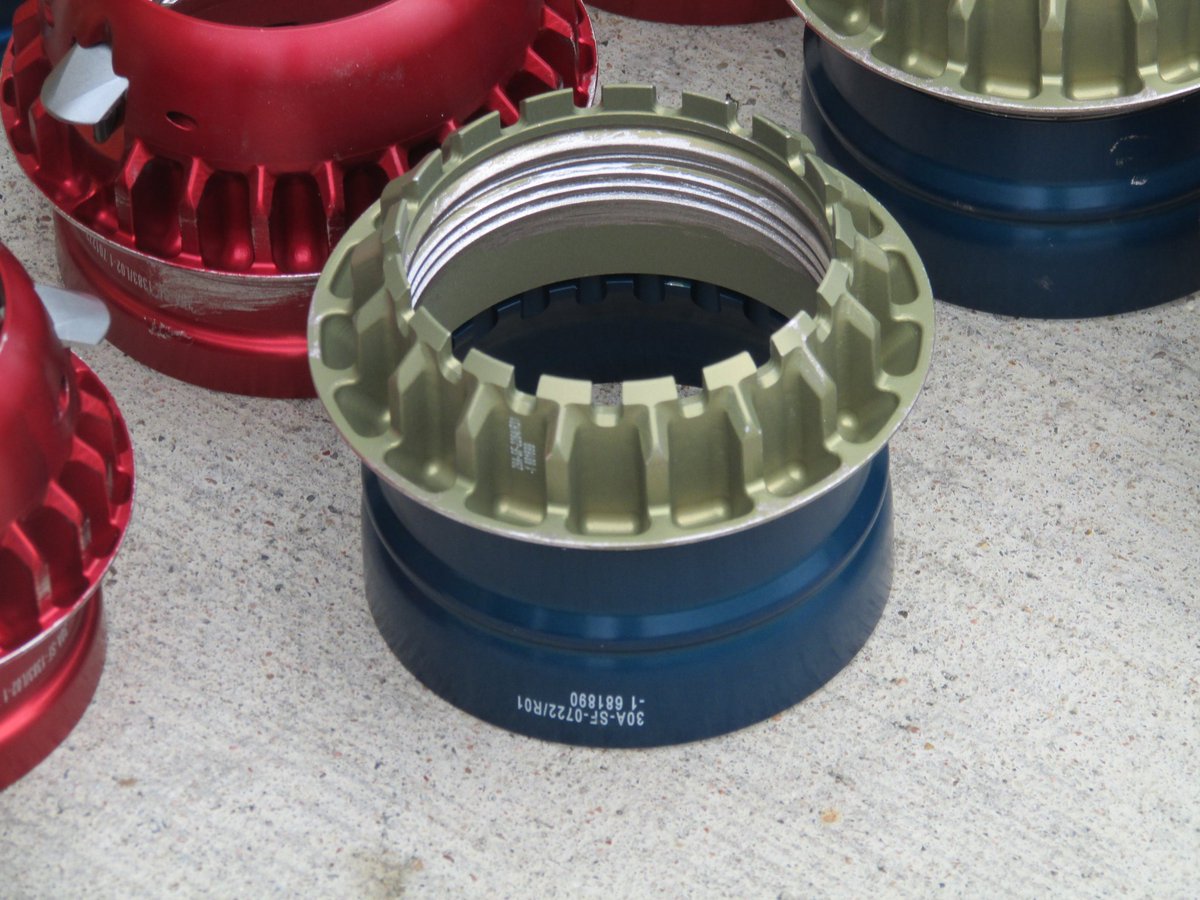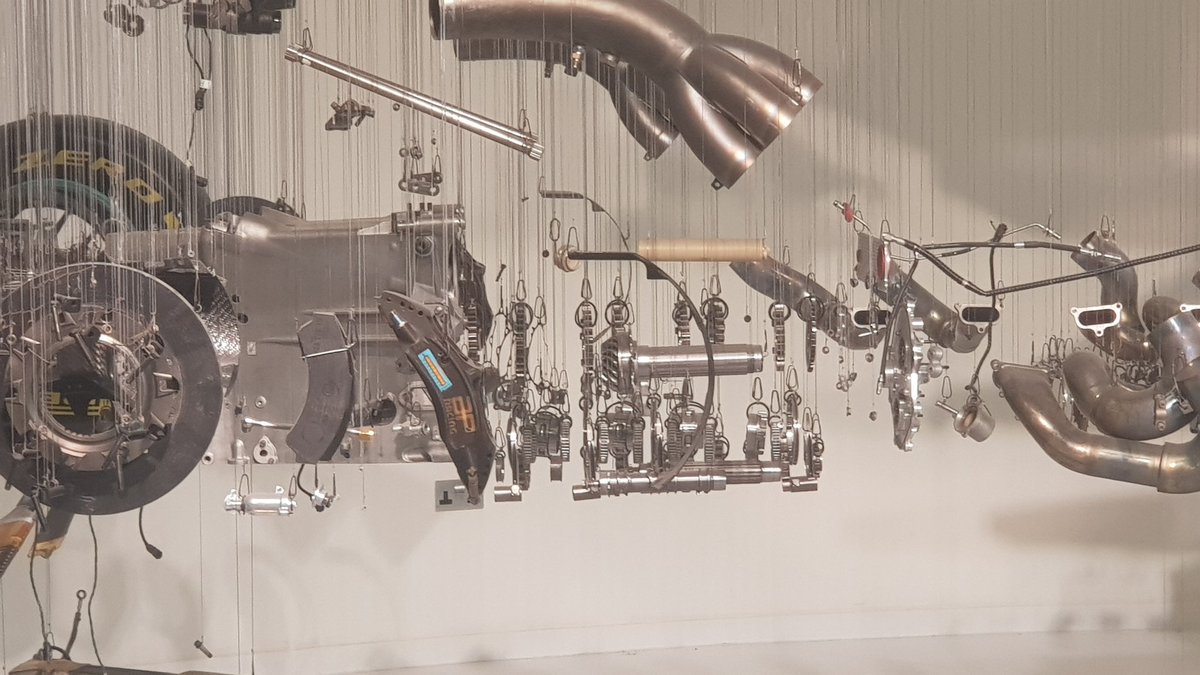
The S-duct is conventional enough, the inlet cleaning up the compromised airflow in the undercut between the cape and nose.
Then the narrow be-winged outlet at the top, a feature unique to RBT
Then the narrow be-winged outlet at the top, a feature unique to RBT

More complex is the open nose arrangement, the ducts low down under the actual nose crash-structure, to exit rearwards facing opening behind the Cape.
Weight distribution is played with by having the driver drink tank in the nose and auxiliary oil tank hanging below the chassis.
Weight distribution is played with by having the driver drink tank in the nose and auxiliary oil tank hanging below the chassis.

Front geometry is also unique to RBT. The front bulkhead is not the regulatory A-A bulkhead, so it can be narrower. It allows the front axle line to be moved forwards & place the steering rack behind it, but ahead of the pedals. Creating longer bargeboards & may be some Ackerman 

• • •
Missing some Tweet in this thread? You can try to
force a refresh








































